Description
Quinoflox 0.3% Eye Drops contain ciprofloxacin, a fluoroquinolone antibiotic used in Pakistan to treat superficial bacterial eye infections, including those affecting the conjunctiva, eyelids, or cornea. Bosch Pharmaceuticals produces it for anti-infective eye therapy, targeting issues like conjunctivitis or corneal ulcers from bacteria such as Staphylococcus or Pseudomonas, common in dusty environments like rural Sindh or urban Lahore. Available as a 5ml bottle, it’s prescription-only, priced around Rs. 95, and stocked in DRAP-registered pharmacies.
- Storage: Keep at room temperature (15-25°C), away from light, moisture, and children; discard after 28 days from opening or if solution changes color
How It Functions
Ciprofloxacin inhibits bacterial DNA gyrase and topoisomerase IV, preventing DNA replication and leading to cell death, effective against gram-negative (e.g., Pseudomonas aeruginosa) and some gram-positive bacteria (e.g., Staphylococcus aureus). Chemically, it’s 1-cyclopropyl-6-fluoro-4-oxo-7-(piperazin-1-yl)-1,4-dihydroquinoline-3-carboxylic acid. As an ophthalmic solution, it penetrates the cornea well, with peak levels in eye tissues within 30 minutes, lasting 4-6 hours per dose.
Dosage Information
Adults and children over 1 year: For bacterial conjunctivitis, 1-2 drops in the affected eye every 2 hours while awake for the first 2 days, then every 4 hours while awake for days 3-7. For corneal ulcers, 2 drops every 15 minutes for the first 6 hours, then every 30 minutes for the rest of day 1, every hour on day 2, and every 4 hours on days 3-14. Tilt head back, pull down lower eyelid, instill drops without touching tip to eye, and close eyes for 1-2 minutes. Not for children under 1 year without specialist input; complete full course even if symptoms improve.
Side Effects
- Very Common (>1 in 10): Temporary eye irritation, burning, stinging, or discomfort
- Common (up to 1 in 10): White crystalline precipitate on cornea (harmless, resolves after treatment), blurred vision, bad taste in mouth, rash around eyes
- Rare: Severe allergic reactions (swelling, itching), lid edema, corneal staining, superinfection, or worsening redness
Drug Interactions
Ciprofloxacin ophthalmic has minimal systemic absorption, so interactions are rare, but may include:
- Other quinolones (e.g., ofloxacin): Increased hypersensitivity risk
- Topical steroids: Potential for delayed healing if overused
- Contact lens solutions: Avoid concurrent use; remove lenses during therapy
Indications
Approved for treating:
- Superficial bacterial eye infections (e.g., conjunctivitis)
- Adnexa infections (e.g., orbit, conjunctiva, eyelids)
- Corneal ulcers from susceptible bacteria like Staphylococcus, Streptococcus, or Pseudomonas
When Not to Use
Avoid in:
- Hypersensitivity to ciprofloxacin or other quinolones (e.g., levofloxacin, ofloxacin)
- Patients wearing soft contact lenses (remove before use; wait 24 hours post-infection resolution)
- Viral or fungal eye infections (ineffective and may worsen)
Precautions
- Remove contact lenses before instilling; do not reinsert until infection clears and 24 hours after last dose.
- Wash hands before use; avoid touching dropper tip to eye or surface to prevent contamination.
- Monitor for hypersensitivity; stop if rash, swelling, or severe irritation occurs.
- Use cautiously in pregnancy/breastfeeding; minimal systemic absorption but consult physician.
- In hot, dusty areas like Karachi, protect eyes post-treatment to avoid reinfection.
- Buy from DRAP-registered pharmacies; check holograms to avoid counterfeits.
Warnings
- Allergic reactions: Stop immediately if severe rash, swelling, or breathing issues develop; seek urgent care.
- Superinfection: Prolonged use may lead to fungal overgrowth or resistant bacteria.
- Corneal precipitate: Temporary white crystals may form; does not affect vision or require stopping.
- Driving: Blurred vision may occur; wait until clear.
- Overdose: Flush eyes with warm water if excess drops; unlikely to cause systemic issues.
Additional Notes
- Pregnancy Category: Consult physician; category C, use only if benefits outweigh risks.
- Breastfeeding: Minimal passage into milk; monitor infant for diarrhea or thrush.
- Availability: Common in urban and rural pharmacies; generics like Ciloxan available.
- Stability: Use within 28 days of opening; discard if cloudy or discolored.
- Reporting: Note batch for side effects; report to DRAP for quality control.
Doctor Review
Dr. Ahmed Raza, an ophthalmologist in Faisalabad, notes Quinoflox’s broad coverage for bacterial conjunctivitis and ulcers, useful in pollution-heavy areas like Punjab. DRAP data confirms its efficacy against common pathogens, but Dr. Raza stresses completing the course and avoiding lenses to prevent resistance or contamination.
Disclaimer
This is general product information, not a prescription or medical advice. Consult your doctor or pharmacist for personal guidance.




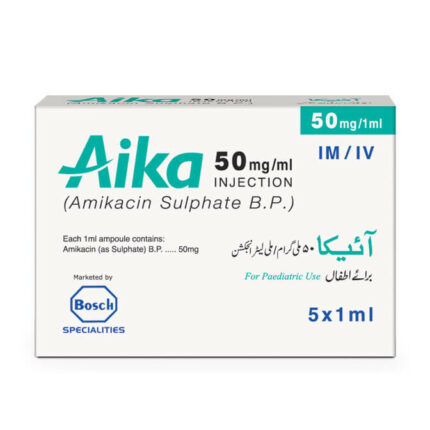
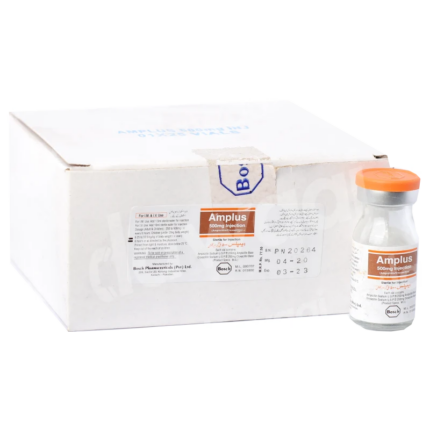
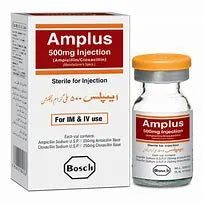
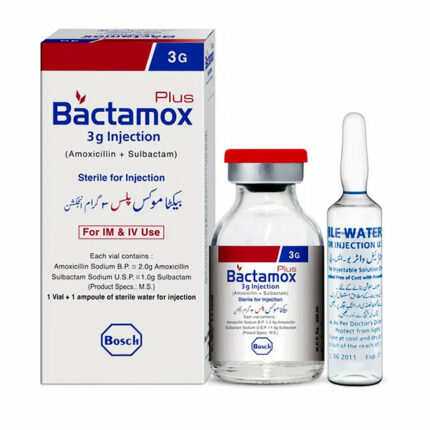
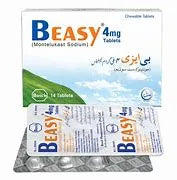
Reviews
There are no reviews yet.